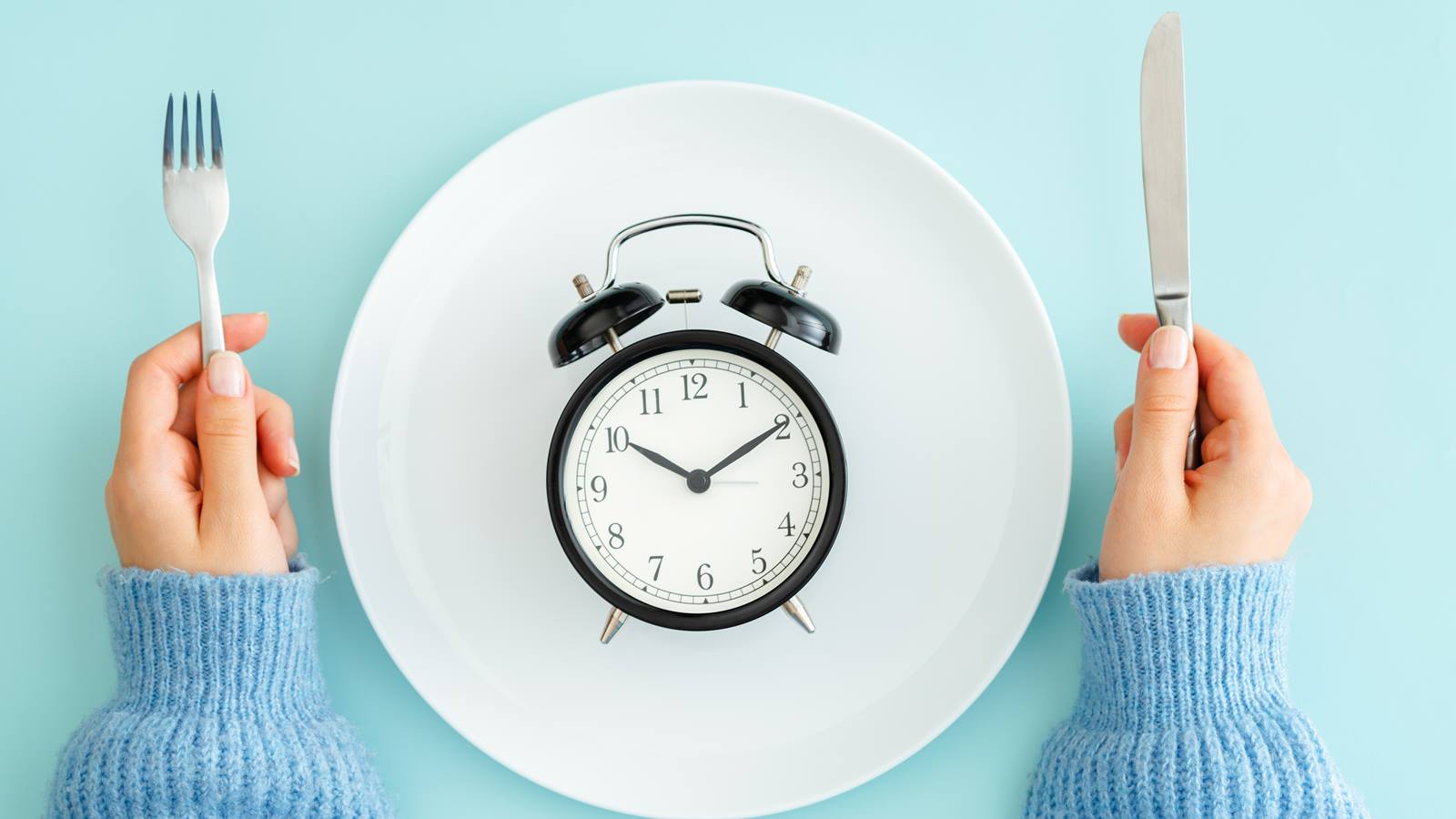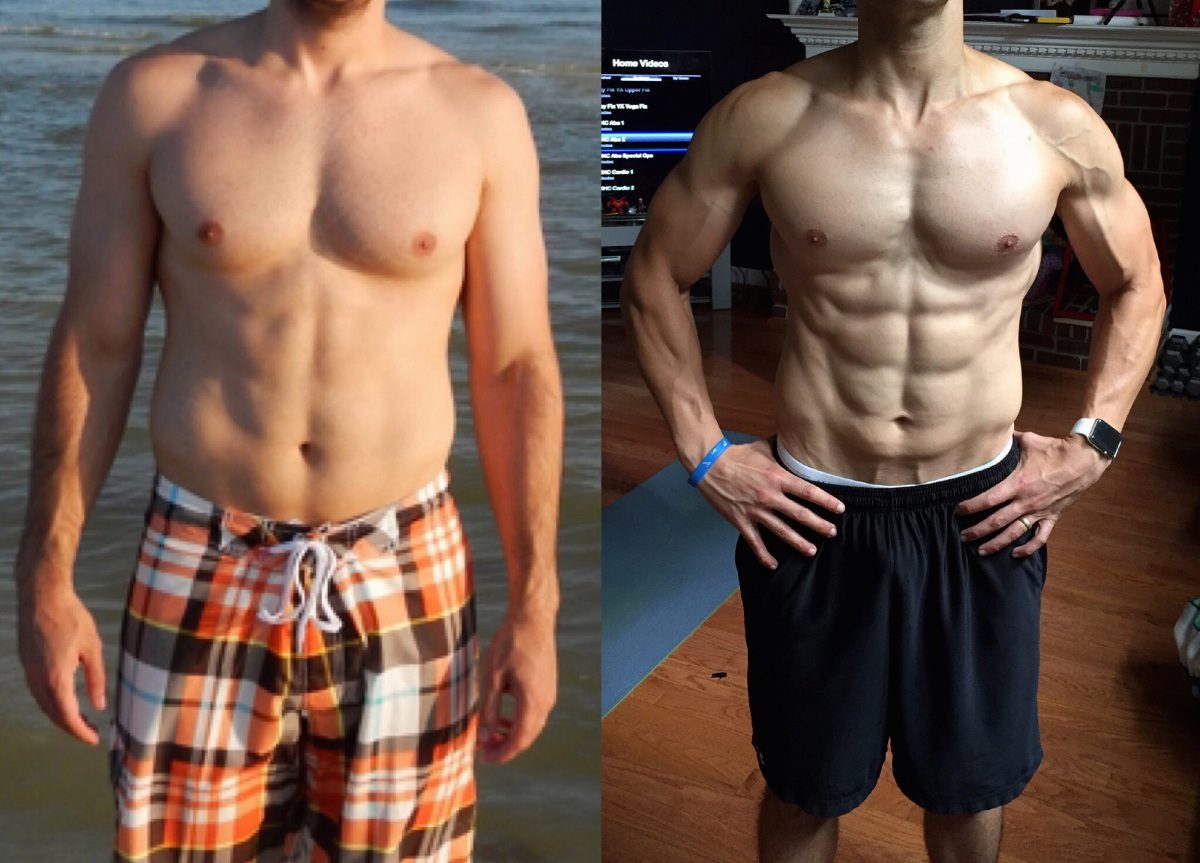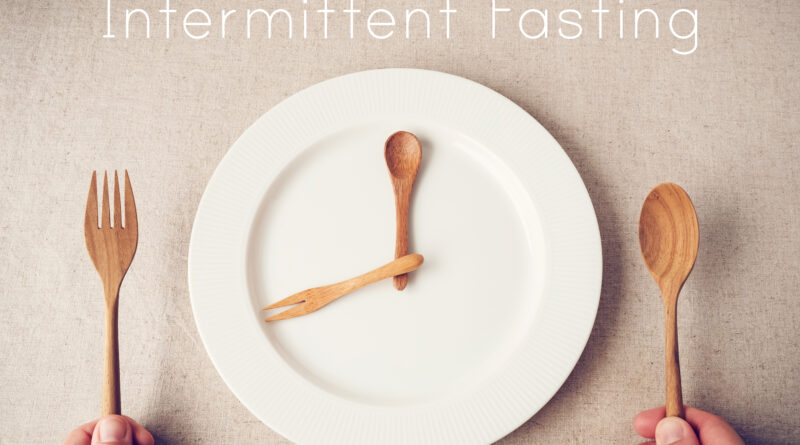Intermittent fasting has emerged as a powerful approach to weight loss, metabolic health, and overall well-being. As its popularity soars, understanding the correct practices becomes pivotal. If you’re seeking in-depth information from experts in the field, Dr. Berg’s blog is a highly recommended resource on the topic. This article, however, will delve into the essential do’s and don’ts of intermittent fasting to help you maximize its benefits.
The Foundations of Intermittent Fasting
What is Intermittent Fasting?
Intermittent fasting isn’t just another diet trend. Instead, it’s an eating pattern that alternates between eating and fasting periods. The emphasis isn’t on what you eat but on when you eat. By grasping its core principles, one can customize it to suit individual preferences and health goals.
The success of intermittent fasting hinges on understanding its rhythm. Unlike traditional diets that dictate specific foods, intermittent fasting provides flexibility, allowing one to decide the duration and timing of fasting windows.
Key Benefits

source: pinterest.com
Weight loss often garners the spotlight when discussing intermittent fasting, but the benefits are manifold. Enhanced cognitive function, improved insulin sensitivity, and increased longevity are among the myriad advantages.
Research has repeatedly shown that intermittent fasting can promote autophagy, the body’s natural way of cleaning out damaged cells. This not only boosts physical health but also sharpens mental acuity, enhancing overall quality of life. For those interested in diving deeper into the science behind these benefits, Harvard Health Publishing provides comprehensive insights.
The Do’s of Intermittent Fasting
Stay Hydrated
While meals might be on hold during fasting, hydration isn’t. Drinking adequate water supports metabolism, and cognitive functions, and curbs hunger pangs. Herbal teas and black coffee can also be incorporated, provided they’re consumed in moderation.
Staying hydrated is more than just quenching thirst. It plays a pivotal role in ensuring smooth bodily functions, from aiding digestion to ensuring optimal brain function. Especially during fasting windows, it’s the elixir that keeps the body ticking.
Listen to Your Body

source: pinterest.com
The beauty of intermittent fasting lies in its adaptability. However, this requires tuning into one’s body. Feeling lightheaded or unusually fatigued? These might be cues to tweak your fasting schedule.
Every individual’s experience with intermittent fasting will be unique. Hence, it’s crucial to be attentive to how your body reacts, adjusting the fasting windows accordingly. Over time, this attentiveness ensures a more harmonized fasting experience.
Prioritize Nutrient-Dense Foods
When the eating window arrives, make it count. Emphasize whole foods packed with proteins, healthy fats, and essential nutrients. This ensures optimal body function and energy.
Resist the urge to see the eating window as a binge opportunity. Instead, envision it as a time to nourish and replenish the body. By consistently focusing on nutrient-dense foods, the benefits of intermittent fasting are amplified.
For additional guidance on crafting a balanced diet within the framework of intermittent fasting, explore these healthy diet food ideas.
The Don’ts of Intermittent Fasting
Don’t Dive in Too Quickly

source: pinterest.com
Embarking on the intermittent fasting journey can be exciting. However, plunging into longer fasting periods without a gradual lead-up can be counterproductive. It’s beneficial to commence with shorter fasts, extending them as the body acclimatizes.
Remember, the goal isn’t to shock the system but to introduce it to a new rhythm. By progressively adjusting to longer fasting windows, the transition becomes smoother, paving the way for sustainable results.
Avoid Overeating During Eating Windows
One misconception about intermittent fasting is viewing eating windows as binge periods. However, consistently overindulging can diminish the benefits. Treats are perfectly fine on occasion, but moderation is key.
The essence of intermittent fasting isn’t deprivation but balance. It’s about understanding the body’s needs and addressing them without going overboard. Maintaining this equilibrium ensures that the rewards of fasting are reaped in full.
Don’t Neglect Social and Emotional Aspects
Food plays a multifaceted role in our lives, from fueling the body to being a centerpiece in social gatherings. It’s essential to strike a balance, ensuring that fasting doesn’t lead to social isolation or emotional distress.
Craft your fasting schedule with mindfulness. If a family dinner or social gathering is on the horizon, consider adjusting your eating window. This ensures that intermittent fasting enhances life quality without becoming a restrictive force.
Intermittent Fasting and Exercise
Time Your Workouts

source: pinterest.com
Integrating exercise with intermittent fasting requires strategy. Exercising towards the end of a fast can boost fat burning. However, for high-intensity workouts, some nutrition beforehand might be necessary.
It’s all about synchronization. By aligning workouts with fasting windows, one can optimize energy usage and fat burn. However, always be attentive to energy levels to ensure both effective and safe workouts.
Refueling After Exercise
Post-workout nutrition is paramount, especially if you’ve trained during a fasting window. The subsequent meal should be rich in proteins and good carbohydrates, promoting muscle recovery and energy replenishment.
A harmonized approach to intermittent fasting and exercise ensures that the body remains nourished while also achieving fitness goals. With the right refueling strategies, one can seamlessly combine intermittent fasting with an active lifestyle.
Conclusion
Intermittent fasting is more than just a dietary trend. It’s a holistic approach to health and well-being. By adhering to these do’s and don’ts, and consistently tuning into the body’s signals, the journey becomes not just about weight loss but overall vitality. As with any health strategy, the key lies in understanding, adapting, and consistently evolving.




